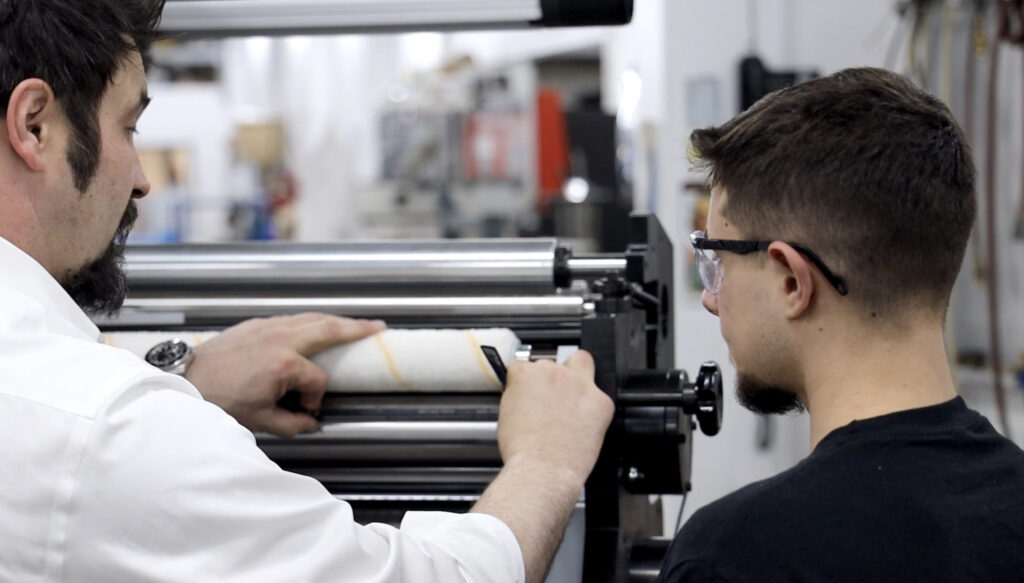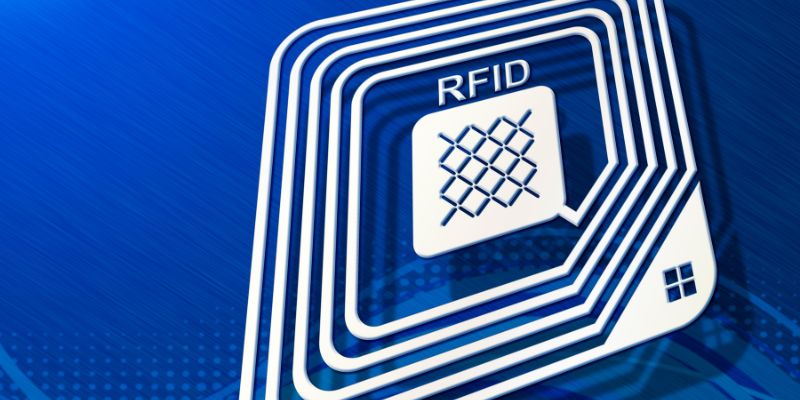Radio frequency identification (RFID) insertion technology is used by many big-name companies as a cost-effective way to track inventory, stock, and shipments, but it did not start that way. As the demands changed in the retail sector, and customer satisfaction declined, companies looked for a more efficient way to accurately track inventory with less risk of error.
Why Use RFID Tag Insertion
RFID technology not only adds efficiency but also lessens the risk of mistakes caused by human error. With RFID tag insertion, companies no longer need to rely on people to manually conduct inventory. Now, it can all be done using RFID tracking technology.
There are some things you should keep in mind when using RFID tag insertion:
-
-
- Make sure each item only has one RFID tag
- Be mindful of the placement of the RFID tag, as some materials may affect its performance (metals, liquids, foils, etc.)
- Ensure you are using the correct type of RFID tag for your product (metal, wood, etc.)
- Be consistent in the tagging location for greater efficiency
- The RFID inlay should not have any die cuts, staples, or perforations, as that may render the tag unreadable
- Place the RFID tag securely on the package
- Do not cover any images or text on the package with the RFID tag
-
How Walmart Depends on RFID Technology
RFID was not widely known back in the early 2000s, and few companies were utilizing the technology. Walmart changed all of that in 2003 when they publicly announced that their top suppliers would all be required to utilize RFID tags on any pallets or cases for incoming shipments.
Walmart had launched a pilot program the previous year where several stores, and suppliers, were using RFID tag technology for inventory and shipments. Walmart decided to also use RFID tags on larger, high-ticket items such as televisions, stereos, and other electronic items. Eventually, Walmart saw the value in using RFID tag technology and decided to increase the number of stores participating, with company-wide participation by late 2006.
Walmart’s decision-makers believed that the company lacked in sales and consumer satisfaction partly due to inaccurate inventory counts. They anticipated that improved visibility of the supply chain and more precise ordering decisions made possible by RFID would resolve these issues.
As a result of Walmart’s public announcement regarding their use of RFID technology, other big-name retailers began to follow suit and use RFID tag insertion in their operations.
Through Obstacles Comes Success with RFID Technology
The introduction of RFID tag technology also brought some obstacles that needed some attention. In the beginning, it was unclear who oversaw purchasing the RFID tags, the suppliers, or the retailers. However, it was worked out that no matter who purchased the tags, the cost would be added to the price of the item once they were on store shelves.
Early on, RFID tags were not as cost-effective for retailers as they are today, due to fewer companies implementing their use. The cost of RFID tags has drastically decreased over the years as more and more companies depend on them.
Read rates were another issue that Walmart was running into. Some RFID tags were not readable due to interference with the RF waves from the containers or cases containing metal or liquids. Now, special tags, categorized as anti-metal RFID tags, can be used on containers or items that contain metal or water. As mitigation techniques were used to create specific tags, the overall RFID read rate is now around 98%.
Issues with ineffective adhesive have also been mitigated as time went on, with many tags now using industrial-strength adhesive to ensure they are secure and can withstand different environmental conditions.
Tamarack® Products is a leader in web finishing equipment and offers the Versa Web MVW Inline RFID inlay insertion equipment that is scalable, modular, and can be integrated into your current press. The MVW Inline delivers operator-friendly controls, allowing you to continually meet the progressive needs of your business.
Tamarack® Products has delivered web finishing equipment solutions for over 50 years and offers the ability to fully customize modular solutions to meet consumer needs. Contact us to learn more about our MVW Inline inlay insertion equipment for producing tags, tickets, or labels, and the numerous benefits of RFID technology.





